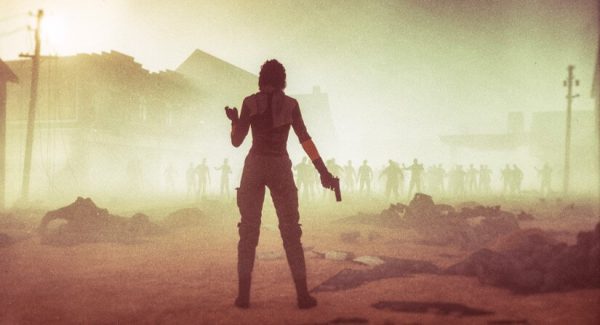July 15th to 17th, 2011 marked the days where the cars stood still. The doomsday that prophets foretold didn’t come in the form of the world ending, but the ending to clustered commuting in Los Angeles. This prolific day would go down in California history and be discussed in California Drivers Ed courses for ages.
This day would be known as Carmageddon.
Apocalyptic analogies aside, Carmageddon was the result of a massive road reconstruction project on the 405 freeway in Los Angeles. The intense need to widen the popular highway reached a breaking point. Commuters could expect to spend anywhere from 1 to 2 hours in gridlocked traffic during peak rush hours. This resulted in meltdowns, outrages, and despair for all who used this road.
That’s when the idea of a massive infrastructure improvement was created.
What the People Paid For
The plan was simple. The city would close the 405 freeway for the weekend and perform massive reconstruction. The highway project would add an additional lane for 10-miles in hopes of clearing up the congestion. The added lane would allow the highway to hold more traffic and, theoretically, allow it to flow smoother.
On any given weekend, the 405 could carry upwards to 500,000 vehicles. Maintaining the well-being of the 4-lanes was a massive undertaking and required a massive budget to do so. In the end, the price tag for this project was estimated to reach $1 billion.
The city didn’t have this money laying around.
The budget was financed by the taxpayers’ dollars. The city of Los Angeles was able to fund the project and close the entire highway for the 10-mile stretch for the weekend. This decision is what started the doomsday-like traffic congestion that plagued the surrounding roads, big and small, for miles.
Not only did the taxpayers have to front the bill for a weekend of clogged roads, but they had to finance the additional services that came from this construction project. Crime and health accidents don’t stop for road construction. The cost of police patrol, paramedics, and other car-based city services spiked from the infrastructure project.
The project sparked a bit of controversy, aside from the impending sense of doom from traffic.
Most roads in Los Angeles are in poor condition. Potholes, cracks, and weathered conditions make driving in the city a nightmare for cars. Any moment, you could blow a tire from hitting a chunk of cement protruding from the under kept road. Taxpayers are still paying the bill for Carmageddon, yet everyone is still feeling the wrath of the poor city infrastructure. After spending $1 billion on one lane of highway, the city still finds itself struggling with its infrastructure.
The Obvious Downfalls and the Hidden Benefits
The doomsday wasn’t all bad, however. There wasn’t much of an immediate positive return from adding one extra lane of traffic to the 405, but the city did stumble upon something interesting. The city, for a weekend, felt a little different.
The beaches were emptier, the air was cleaner, and more people than ever chose to stay home. For once, Los Angeles lost its high intensity flair rush and, instead, took a deep breath. Air and light pollution levels in the city reached a record low for that year. For one weekend in Los Angeles, people got to experience what life would be like if there weren’t tens of thousands of people commuting down the 405.
Sure, Carmageddon had cost the city $1 billion, but, in the end, it might have learned an important value of just breathing.

 Live Chat
Live Chat






